In the world of public service, citizen service executive roles and responsibilities are vast and varied. These professionals are on the front lines, providing essential services, addressing citizen concerns, and maintaining order in documentation and policy enforcement.
Lately, automation and chatbots have begun to revolutionize how these services are delivered. In this blog post, we’ll explore how chatbots are poised to automate many citizen service executive roles and responsibilities.
Understanding Citizen Service Executive Roles and Responsibilities
A citizen service executive’s role can be split broadly into several key areas:
✅Customer Service: They handle citizen queries, provide information, and address complaints.
✅Documentation and Record Keeping: They are responsible for maintaining accurate, up-to-date records of citizen interactions and services provided.
✅Policy Explanation and Enforcement: They ensure citizens understand and adhere to various policies.
✅Crisis Management and Resolution: In times of crisis, they provide guidance, support, and a resolution path.
However, these roles and responsibilities can sometimes be overwhelming, leading to slower response times and less efficient service delivery.
Introduction to Automation and Chatbots
Automation is the use of technology to perform tasks without human intervention. When applied to public service, it can greatly enhance efficiency and consistency. A key part of this automation revolution is chatbots.
A chatbot is a computer program designed to simulate conversation with human users, especially over the internet. It can deliver quick, accurate responses, work 24/7, and handle multiple queries at once.
How Chatbots Can Automate Citizen Service Executive Roles
Chatbots, with their artificial intelligence (AI) capabilities, can play a vital role in automating and enhancing several key citizen service executive roles. Here’s how:
Automating Customer Service with Chatbots
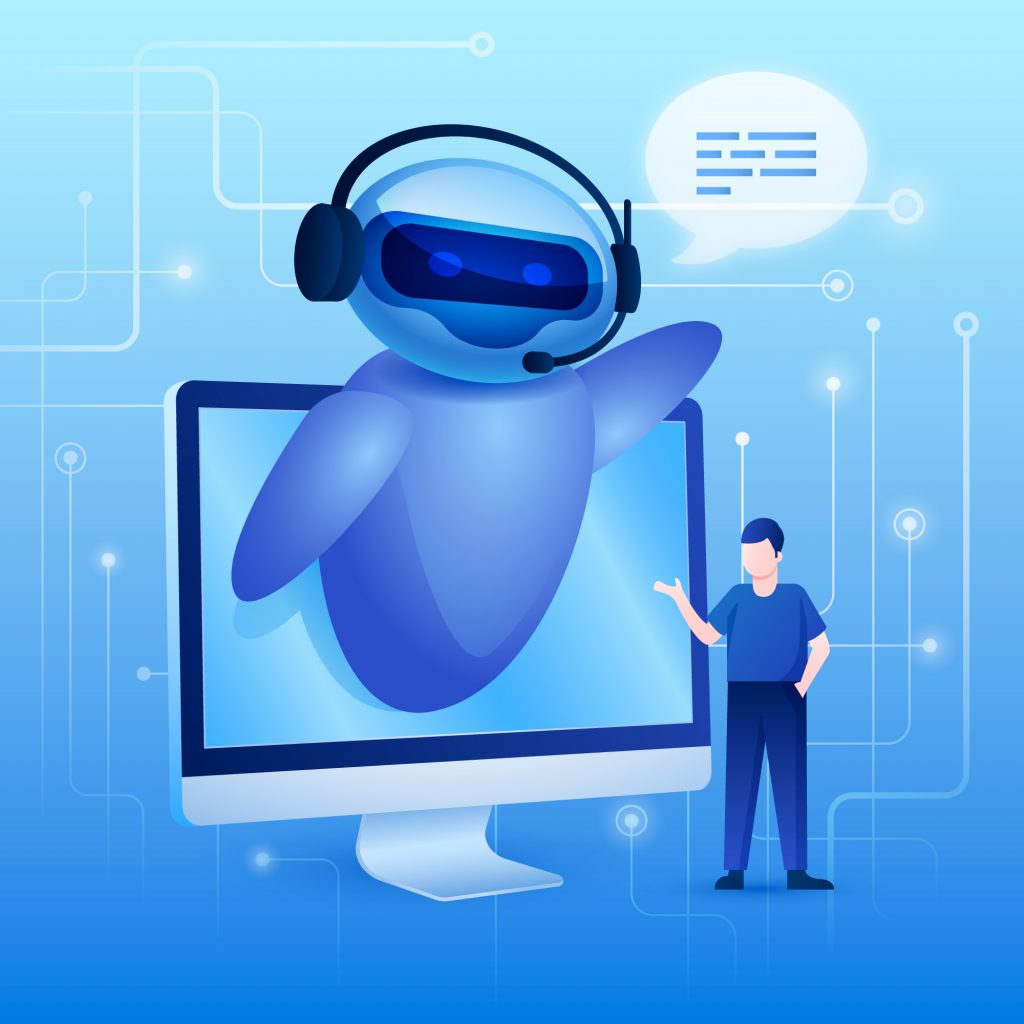
One of the primary citizen service executive roles and responsibilities is customer service. This involves addressing citizen queries, providing accurate information, and resolving complaints. Chatbots can handle all these tasks with ease.
✅24/7 Availability: Unlike humans, chatbots can work without breaks, providing citizens with round-the-clock service. This ensures that citizen queries are addressed promptly, regardless of the time of day.
✅Quick Response Times: Chatbots can respond to queries almost instantly, providing information in real-time. This significantly reduces waiting times for citizens.
✅Handling Multiple Queries Simultaneously: Unlike human executives, chatbots can handle multiple queries at once, enhancing service efficiency.
Chatbots in Documentation and Record Keeping

Accurate documentation and record-keeping are critical citizen service executive roles and responsibilities. Chatbots, with their AI capabilities, can perform these tasks more efficiently.
✅Automated Data Entry: Chatbots can enter data into systems in real-time, reducing the risk of human error.
✅Instant Record Retrieval: Chatbots can quickly retrieve records when needed, saving time and improving service delivery.
Chatbots in Policy Explanation and Enforcement
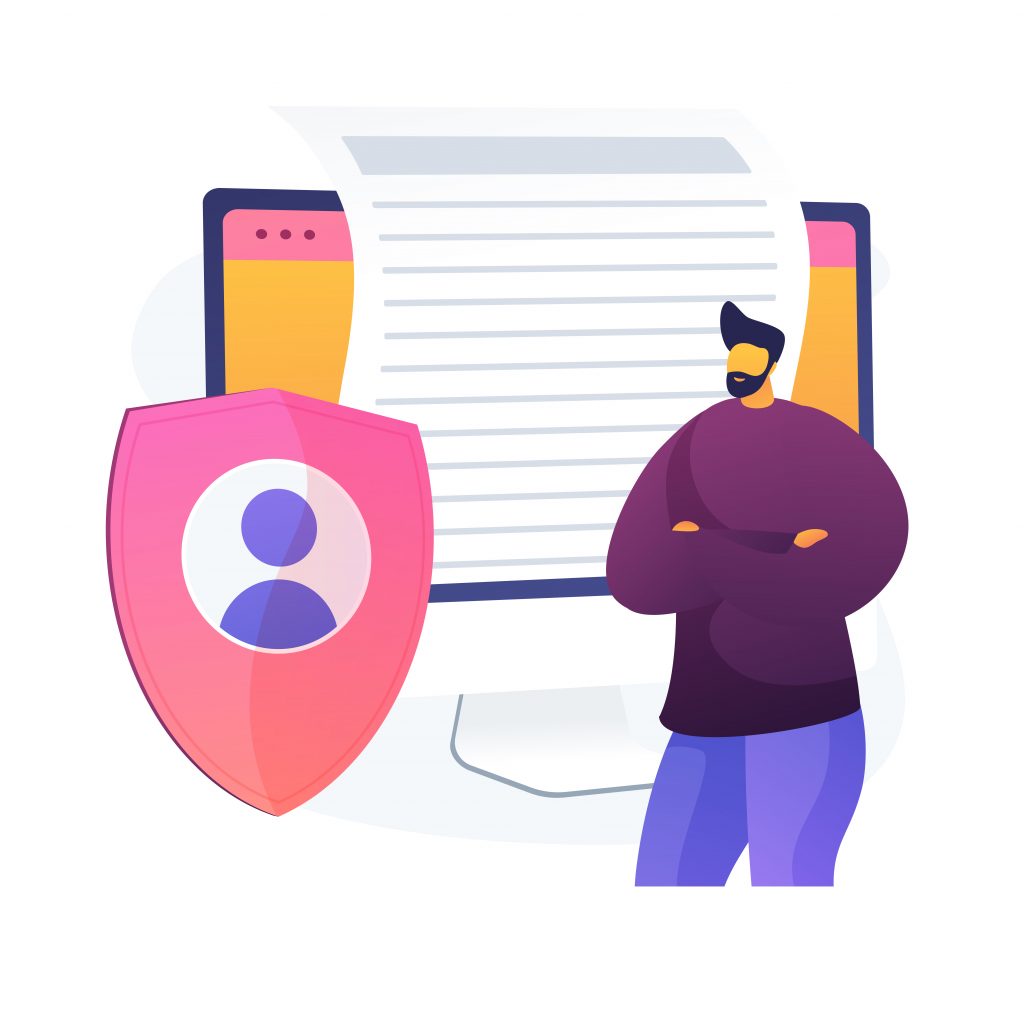
Citizen service executives are often tasked with explaining and enforcing various policies. Chatbots can handle this role effectively.
✅Policy Explanation: Chatbots can provide clear, straightforward explanations of complex policies, ensuring citizens understand them fully.
✅Policy Enforcement: Chatbots can remind citizens of policy requirements during interactions, ensuring better compliance.
Crisis Management and Resolution with Chatbots

In times of crisis, citizen service executives provide guidance, support, and a resolution path. Here too, chatbots can help.
✅Immediate Response: In a crisis, time is of the essence. Chatbots can provide immediate responses, guiding citizens on the necessary steps.
✅Consistent Support: During a crisis, maintaining consistent communication is crucial. Chatbots can provide this, keeping citizens informed and supported.
The use of chatbots in these citizen service executive roles can not only enhance service delivery but also free up human executives to handle more complex tasks, leading to an overall more efficient and effective public service sector.
Implementing Chatbots for Citizen Service Automation
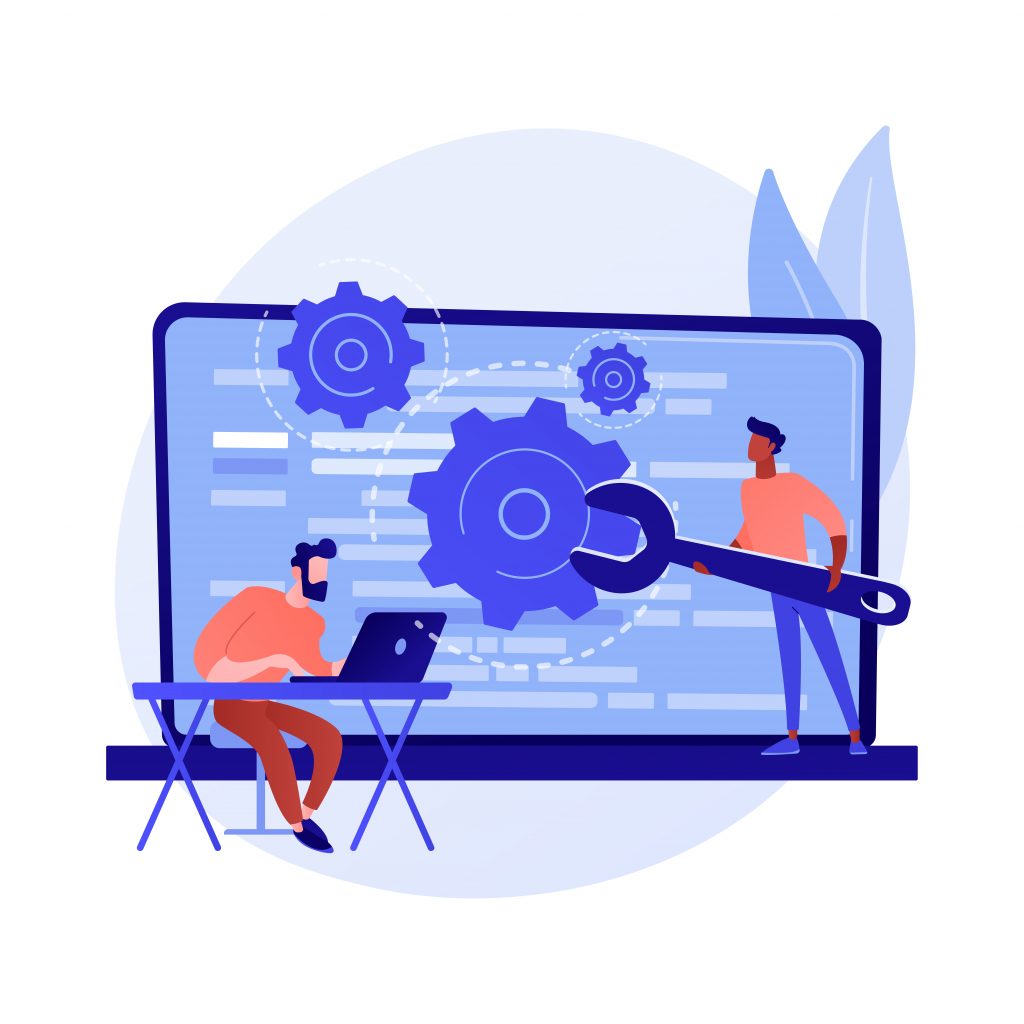
When it comes to implementing chatbots for automating citizen service executive roles, it’s essential for organizations to follow a systematic approach. Here are the key steps:
🟩Understanding Organizational Needs: Every organization has unique needs. Therefore, the first step is to assess these needs, which includes understanding what tasks the chatbot should perform, who will interact with it, and what kind of queries it should handle.
🟩Budgeting: Setting a realistic budget for the chatbot implementation is crucial. This includes the cost of the chatbot platform, development, training, and ongoing maintenance.
🟩Technical Requirements: Organizations need to understand the technical requirements for implementing a chatbot. This includes compatibility with existing systems, necessary hardware and software, and potential changes to IT infrastructure.
🟩Choosing the Right Chatbot: The market is filled with numerous chatbot platforms. Organizations need to choose one that aligns with their needs, budget, and technical requirements.
🟩Training the Chatbot: A chatbot needs to be trained to handle queries accurately. This involves feeding it data, teaching it to understand queries, and training it to provide appropriate responses.
🟩Integration with Existing Systems: The chatbot should be integrated seamlessly with existing systems. This could include customer relationship management (CRM) systems, databases, and other digital platforms.
🟩Overcoming Challenges: While implementing chatbots can be challenging, these can be overcome with careful planning, adequate resources, and continuous testing and improvement.
As technology evolves, we can expect further integration of AI and chatbots in public service, making citizen service executive roles and responsibilities more streamlined and efficient. It’s an exciting future, and citizen service executives will continue to play a crucial role, in working alongside these advanced technologies.
How to Start Using Chatbots for Automation
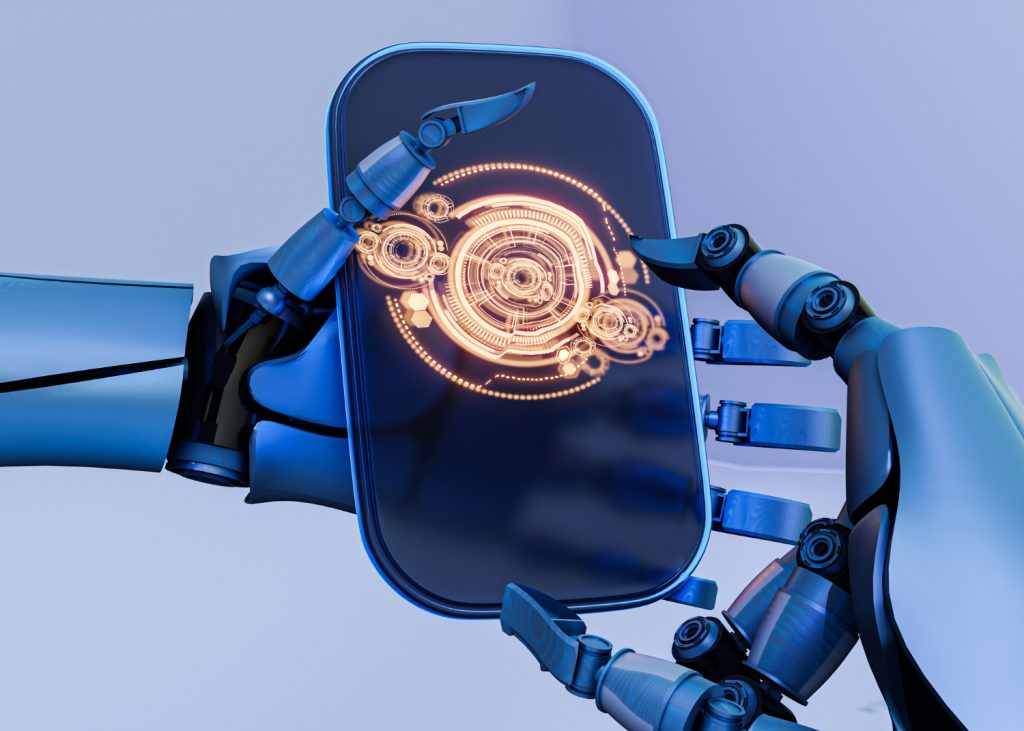
To start using chatbots for the automation of citizen-facing services and other important business processes, book a free demo today. Our team will walk you through the entire process and help you get started.
With TARS you get:
✅Omnichannel chatbots tailored to meet your business needs.
✅A team of experts who will take care of the entire process from planning and development to the final deployment.
✅Ample customization and integration options so that it seamlessly fits in with your brand and existing systems.
✅Post-sales services to take care of any changes you may need in the future and to ensure the chatbot is working as intended.
We have deployed chatbots to automate processes for multiple industry giants which include – American Express, Vodafone, Nestle, Adobe, Bajaj, and many more.
Book a free demo today to start experiencing the benefits of conversational AI.

I am a creative thinker and content creator who is passionate about the art of expression. I have dabbled in multiple types of content creation which has helped me explore my skills and interests. In my free time, I indulge in watching animal documentaries, trying out various cuisines, and scribbling my own thoughts. I have always had a keen interest in blogging and have two published blog accounts spanning a variety of articles.
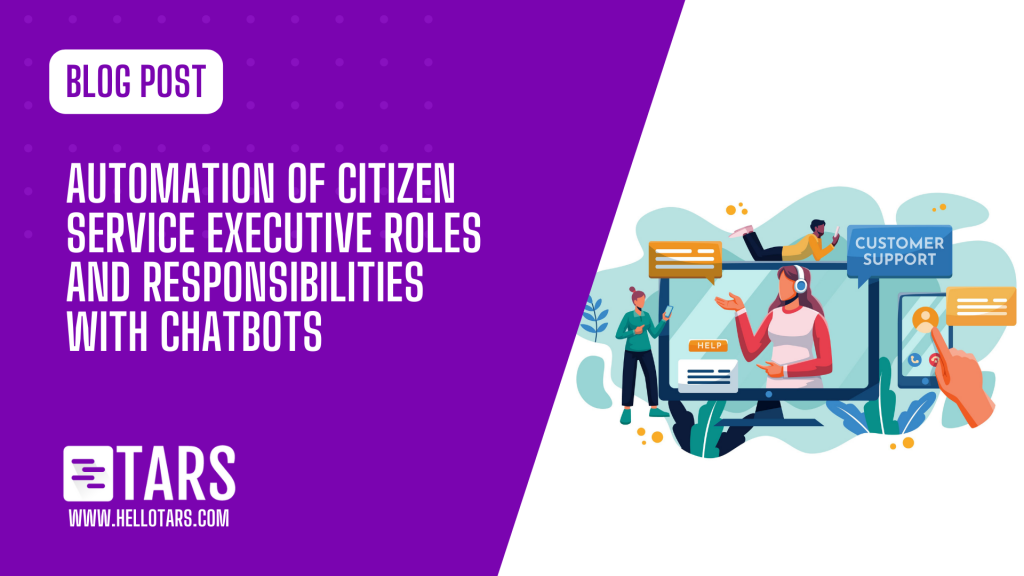
0 Comments on "Automation of Citizen Service Executive Roles and Responsibilities with Chatbots"